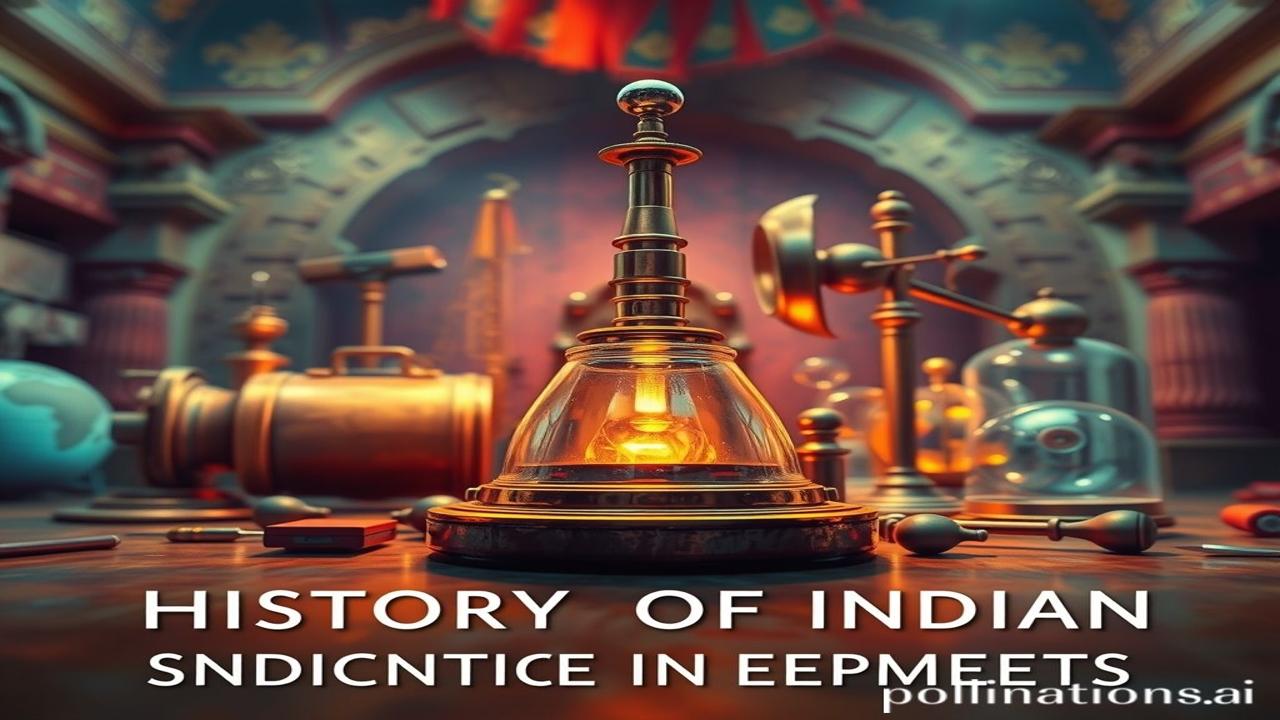Bharat ke Khooni Saaz: Unveiling India’s Ancient Scientific Instruments
Kabhi socha hai, chand taaron ko dekhkar kisi ne duniya badal di? Waqt ki ret pe, chhupi hui hai Bharat ki aisi hi kahani, jahan ilm aur hunar ne milkar racha itihas. Forget fancy labs and digital screens; India’s scientific legacy was forged with ingenuity, resourcefulness, and a deep connection to nature. Chaliye, explore karte hain us khoi hui virasat ko.
Shuruwat: The Dawn of Scientific Inquiry in India
What we call “science” today, was woven into the very fabric of ancient Indian life. From the Indus Valley Civilization (around 3300-1700 BCE) to the Golden Age of the Guptas (4th-6th century CE), scientific inquiry flourished. Think about it: the precise urban planning of Mohenjo-daro, the intricate astronomical calculations of Aryabhata, the surgical prowess of Sushruta – yeh sab aise hi toh nahi hua!
It’s important because it shows that science wasn’t just a “Western” invention. India has a rich and independent tradition of scientific thought, deeply rooted in its culture and philosophy. Yeh humari ‘Bharatiyata’ ka ek important hissa hai.
Jyotish aur Vigyan: Astronomy and Astrology, Together But Different
Jyotish, often mistakenly translated as just “astrology,” had a crucial role in the development of astronomy. Observing the movements of the planets and stars wasn’t just about predicting the future; it was about understanding the cosmos, measuring time, and creating accurate calendars.
Think about the Jantar Mantar observatories built by Maharaja Jai Singh II in the 18th century. These massive, stone instruments weren’t about superstition; they were about making precise astronomical observations. Woh zamana tha jab “empirical observation” aur “mathematical calculation” ek saath chalte the.
Zameeni Sach: The People Behind the Instruments
Imagine a bustling workshop in ancient Taxila. Artisans hunched over metal, shaping intricate instruments for measuring time, angles, and distances. These weren’t just craftsmen; they were proto-scientists, constantly experimenting, innovating, and refining their techniques.
Aur phir, sochiye Aryabhata ke bare mein, confidently declaring that the Earth revolves around the Sun, centuries before Copernicus! Or Sushruta, performing complex surgeries with meticulously crafted instruments, described in detail in his Sushruta Samhita.
Picture this: “Maharaj, yeh naya yantra surya ki sthiti ko aur bhi sahee tareeke se batata hai,” said the artisan, sweat dripping from his brow, as he presented his creation to the king. “Shaabash! Isse humari calendar ki ganana aur bhi satik hogi,” replied the ruler, his eyes gleaming with pride.
Dharohar aur Pehchan: Echoes in Modern India
Even today, the legacy of ancient Indian scientific instruments is visible. Consider the ‘Panchang,’ the traditional Hindu calendar, which is still used for determining auspicious dates for weddings, festivals, and other important events. Its accuracy is a testament to the enduring power of ancient astronomical calculations.
You’ll also find remnants of this legacy in architecture. The orientation of temples and other structures often aligns with astronomical events, showcasing the deep understanding of the cosmos possessed by ancient builders. This connection to the cosmos is ingrained in our culture and identity. Yeh “Bharatiyata” hai – a deep-rooted understanding of the universe and our place within it.
Vaastu Shastra: Science or Superstition?
Vaastu Shastra, the traditional Indian system of architecture, is often dismissed as superstition. But underneath the layers of ritual and symbolism lies a keen understanding of spatial relationships, energy flow, and environmental factors. While some aspects might seem esoteric, many Vaastu principles align with principles of good design and sustainable living.
Mazedar Tathya: Myth-Busters and Shocking Truths
Log samajhte hain ki ancient India mein sirf religion aur philosophy thi, lekin asli sach yeh hai ki scientific thought flourished alongside spiritual practices. The pursuit of knowledge wasn’t compartmentalized; it was integrated into every aspect of life.
Also, did you know that the concept of zero was developed in India? It wasn’t just a numerical symbol; it was a philosophical breakthrough that revolutionized mathematics and paved the way for modern science.
Drishya aur Bhavnayen: A Sensory Immersion
Imagine standing beneath the vast expanse of the Indian sky, the air thick with the scent of sandalwood and incense. The temple bells chime in the distance, as you feel the cool, smooth surface of a stone sundial, meticulously crafted centuries ago.
The echo of ancient chants mingles with the rhythmic clang of the artisan’s hammer, creating a symphony of sounds that resonates with the pulse of history.
Antim Vichar: A Legacy of Inquiry
“Vidya dadati vinayam,” knowledge bestows humility. The scientific instruments of ancient India are not just artifacts of the past; they are symbols of a culture that valued knowledge, inquiry, and a deep connection to the natural world. Let us embrace this legacy and continue to explore the mysteries of the universe with curiosity and wonder.
